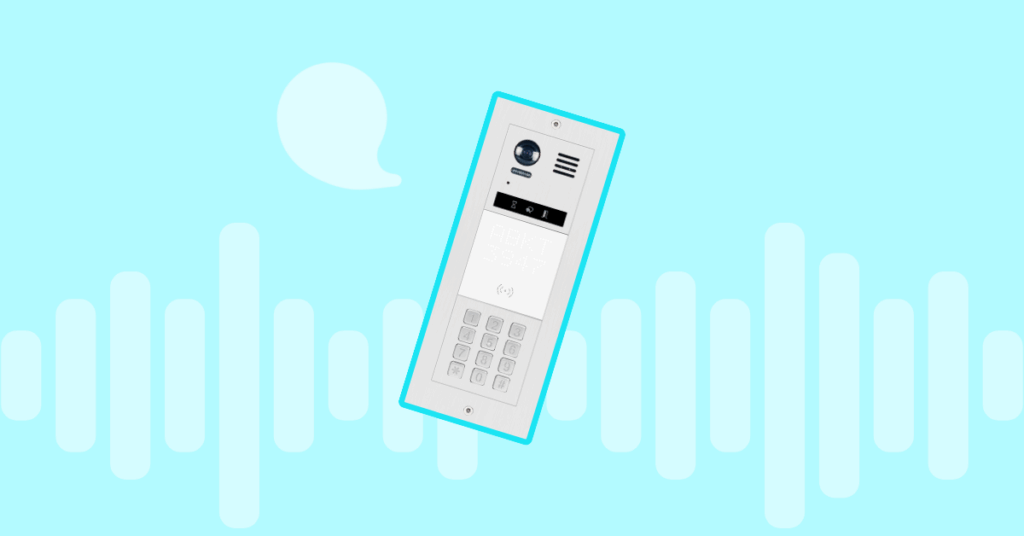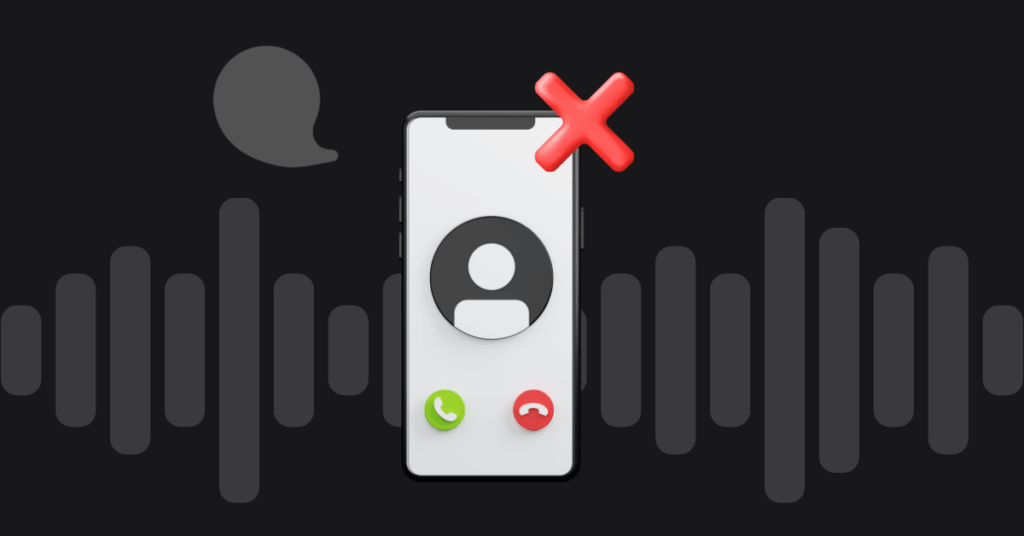
Table of contents
VoIP systems have come a long way from the first generation models over the last decade. Problems like low-quality audio and poor reliability have practically disappeared even as service providers have added dozens of new features. Nevertheless when you talk about complex enterprise systems, some issues are bound to pop up now and then.
Businesses may face several problems with VoIP deployments – calls with no audio or only one way audio, frequent occurrences of being unable to set up calls etc. Dropped calls may be one of the more annoying issues that users may face. This is where calls are abruptly cut off for no discernible reason, often in the middle of conversations. Not only is this frustrating but can also be potentially embarrassing for enterprise users if calls are continuously dropped when interacting with customers or partners.
Types of Dropped Calls
Most commonly, dropped calls occur without any warning i.e. there will be no issues with setting up and maintaining the call but users will suddenly hear a fast busy signal in the conversation cannot be continued. In some situations, the call will drop to ‘dead air’ and even if the audio returns, it may be choppy. Sometimes only calls to a specific number, destination or location experience dropped calls while other connections are not affected.
How to Troubleshoot Dropped Calls
Dropped calls can happen due to a number of reasons ranging from insufficient bandwidth to hardware failure. To accurately diagnose and troubleshoot the issue, a methodical and thorough approach is necessary. Most users expect that technical or software tools will be used to fix the problem but there are other steps to be undertaken before these come into play.
The most important thing to keep in mind is to make a single alteration at a time instead of making several changes at once. This ensures that you can isolate the problem to a single cause or combination of reasons by ruling out one root cause at a time. Additionally, you don’t want to compound a simple issue into a complicated one or end up causing multiple other problems in an effort to solve the original one.
Collect Information – From users and the network
In any troubleshooting effort – regardless of the type of technology involved – technicians and professionals tend to ignore users even though they may have valuable information about the problem. In the case of VoIP phones dropping calls, gathering information from users can throw up clear patterns that can give some clues as to the underlying cause.
Some questions that you can ask include:
- Do calls drop only to a particular destination or type of number? Maybe calls to a specific conference bridge or office are the only ones experiencing the problem.
- Are calls getting dropped after the same period of time for everyone? Users may not realize it at first but getting a few people to note down when the calls are dropped can give reliable and accurate estimates for comparison.
- Is the issue being experienced by only a handful of people in a particular office, location or group? Maybe there is a problem with a particular phone model or network router.
- Do calls get dropped when either person is talking or only during periods of silence?
As you can see, gathering such information can provide a clue in the right direction – whether it is a hardware issue, configuration settings problem or something else entirely. In addition to user data, information from apps and tools can also be added. Make sure to collect such data during the time when dropped calls usually occur since there is not much point in collecting network metrics when the system is functioning perfectly well. Information from such software can be analyzed to identify if there are bandwidth or QoS problems.
Causes of Dropped Calls
Deliberate Disconnects
In many VoIP systems, providers set up intentional disconnects as a precaution against incorrect signaling. The operator may have set up the disconnect to end these open calls after 120 or 180 minutes. This is actually a very good safeguard that ensures the client doesn’t get billed for invalid calls that last for hours.
However if your users frequently make calls that exceed the time limit, you can contact the provider to see about setting a different limit or removing it altogether. If such calls are few and far between, a simple workaround is to end the call and redial.
SIP session timers
To guard against ‘orphan calls’ where the calls fails but the end session signal is not sent, keep alive messages may frequently be exchanged between endpoints. If the message is not received, the call will drop. A false positive can easily cause a dropped call for no apparent reason. Generally this problem is caused by incorrect or incompatible implementation of the keep alive mechanism in SIP endpoints.
Issues not related to VoIP
Quite often something that is completely unrelated to VoIP such as losing phone signal on a mobile device may be the actual cause of dropped calls. If either party is relying on Wi-Fi or other types of wireless technology, going out of range of a particular piece of hardware can also lead to dropped calls. If calls do not drop when using cabled or corded equipment, it will help in identifying the problem.
While these are not the only reasons for dropped calls on VoIP phone systems, they are some of the most common. More complex issues can be identified and solved by using packet capture and network analysis tools in conjunction with observational data.
More from the blog
Want to improve your business communication?
Unlock enterprise-class call center power at affordable prices – no hardware, no delays, no surprises!






